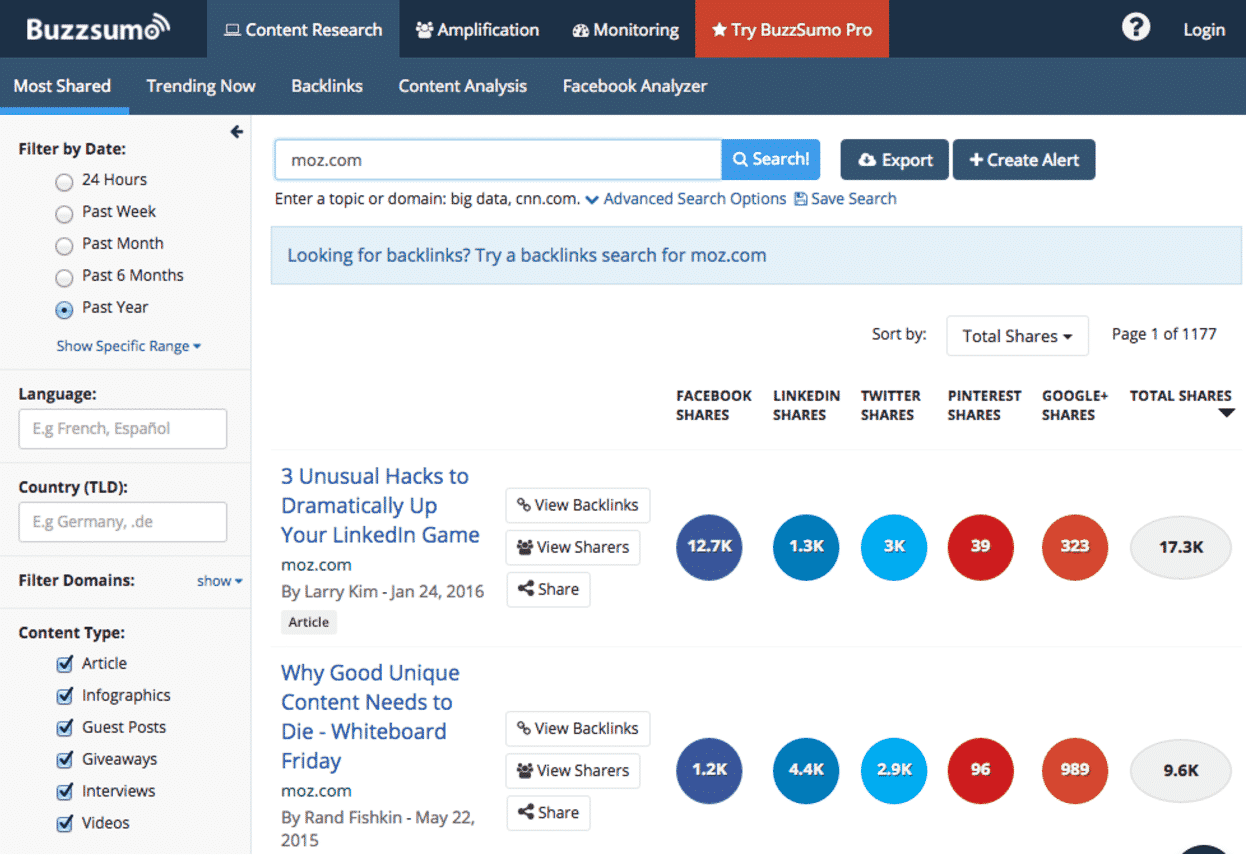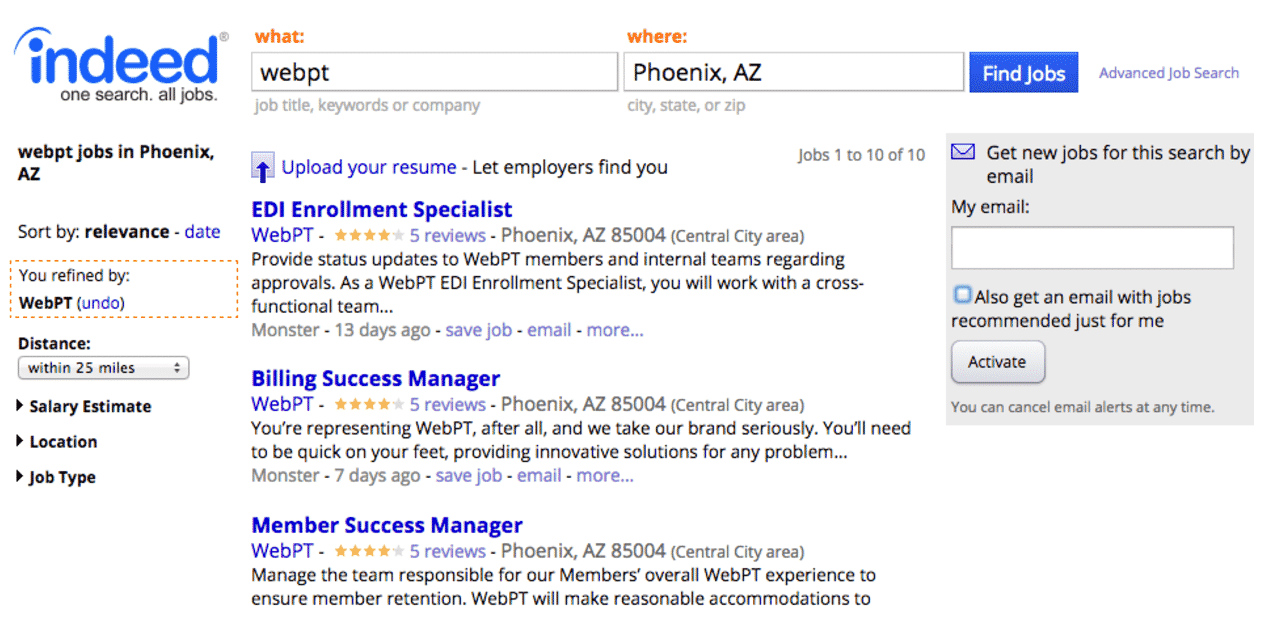Now that we have covered our bases as far as conducting a thorough round of initial research, it is time to discuss how to stay on top of everything moving forward. Most of the research and monitoring services we have talked about allow you to set up alerts or other automated reports. Setting up alerts frees up your time while allowing you to keep an eye on new developments in your space.
Google’s free monitoring service is a great way to keep up with your competitors’ public activities. Google Alerts do a great job of monitoring news articles, blog posts, and general web content for mentions of brands, stock symbols, or people’s names. They can also be a good way to find out about new competitors entering the market since they will pick up on press releases and similar announcements.
For public companies, stock price alerts (which Yahoo Finance provides as well as Google) are a great way to stay on top of their performance. Sharp movements in stock price often indicate a noteworthy change inside the business like financial performance, new product lines, strategy, or leadership.
On caveat is that Google Alerts fall a bit short when it comes to the social web. For that you will want to look at one of the services we mentioned in earlier sections, Buzzsumo.com or Mention.com.
Buzzsumo’s primary service, “Content Research”, provides a great way to monitor a competitor’s content marketing efforts and their social media impact. The service tracks things like articles, blog posts, infographics, and videos, allowing you to see all the topics someone is covering and how that content is being received.
Searching for a company’s domain will typically bring up a list of their latest posts, along with social metrics showing how many times each post was shared, liked, tweeted, etc. This allows you to see which networks are performing best for your competition (they cover Facebook, Twitter, LinkedIn, Pinterest, and Google+), as well as what topics seem to be resonating with their audience. Searching for a specific topic, like “SEO”, will bring up a list of the more recent, popular content on that topic from a variety of sources.

The amount of results you can view is limited without a paid account, but there is a free trial so you can evaluate the service. Paid account holders can set alerts for their searches, much like Google Alerts, and get automated updates on the latest content.
Mention.com provides a bit more sophisticated service. As the name implies, it monitors the web (generally the social web) for mentions of whatever brand, company, product, or service you tell it to. This allows you to track, in near real-time, who is talking about you or your competitors and exactly what they are saying. You can actively monitor ongoing conversations, track key influencers, and generate exportable summary reports to share with your team.
This goes beyond competitive research, but if you use Mention.com to monitor your own brand or company name, you can join active conversations on places like Twitter directly from within the app. This makes it significantly easier to stay on top of the social media game by engaging with fans or addressing concerns.
Following key players on Twitter, whether you are using Mention.com or not, is another good way to keep track of competitor activity. C-level executives, product managers, developers or engineers, and of course the marketing and PR folks can all be good people to follow.
We talked about the information you can get out of job postings in the second section, about business research. To stay on top of a competitor’s open jobs, do a search for them on Indeed. Once you’ve got your search dialed in, put in your email to sign up for alerts on that search. Since Indeed.com indexes just about every job posting out there, they will keep track of all the latest postings your competitor puts out and email them to you in one handy list every week.

So now you have ongoing alerts coming in, along with the other data you are tracking. Since many of these sources send email updates, we suggest setting up a mail folder and sorting rules for them (i.e. send “Google Alerts” to “Competitor Alerts” folder). That way you can easily check through all the latest alerts in one place and avoid cluttering up your inbox.
Depending on your technical aptitude (or access to developers), you can take your reporting to the next level by using a script to compile the data into a spreadsheet or other dashboard. Most data services now offer APIs which you can use to retrieve the data programmatically, without all the emails, so that is something worth considering as well.
No matter how you set it up, following the process we have laid out in this guide will give you a much deeper understanding of your competition and your relative place in the market. You can use all this information to better inform your own marketing and sales strategies, helping to differentiate your offering from all the others out there. In addition, ongoing monitoring will help you determine the impact of things like content marketing and SEO campaigns, and identify potential issues before they become major problems.
END OF GUIDE
